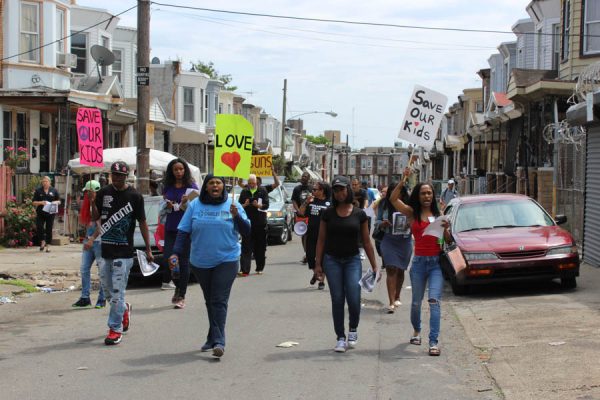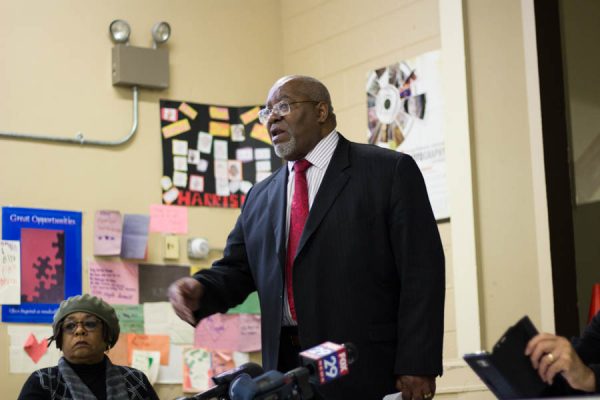OPINION: What’s Holding Up the Investigation of Last Year’s SEPTA Cop Taser Incident
At around 2 AM on the morning of October 26th of last year, an unknown SEPTA police officer escorted Omar Lopez out of the closed elevated station at Huntingdon and Kensington. Within an hour, Lopez died at Aria Health’s Frankford hospital campus. Two and a half months later, it’s still unclear exactly what happened.
According to SEPTA Police Chief Thomas Nestel, Lopez began arguing with another man outside the station. When the officer, still unnamed, attempted to break up the fight, Lopez allegedly turned on the officer. The officer used his Taser to subdue Lopez, who slipped into unconsciousness during the subsequent ride to the hospital and died at 2:54 AM.
There are still unanswered questions, however. Was the officer justified in using a Taser (most of the altercation took place outside the view of security cameras)? Why did the officer’s backup wait for more than 10 minutes before transporting Lopez to a hospital, which is standard procedure after a Taser is used? Perhaps most importantly, what actually killed him?
SEPTA Chief Nestel has said that these questions will all be answered publicly when the department releases its internal investigation and the medical examiner’s report. Protesters and police reform advocates alike have praised Nestel for his attempts to make his police force more transparent. But more than two months later, some have started to wonder what’s taking so long.
Apparently, the Medical Examiner’s office is causing the delay. When I spoke with Nestel, he said that “shortly after the Medical Examiner issues their findings I will issue a report on the Internal Affairs investigation.” He said that the Internal Affairs report has already been drafted and that follow up interviews are currently ongoing.
What exactly is holding up the Medical Examiner? The office wasn’t commenting, so to find out, I spoke to Deborah Nash, a professor of neurology at the University of Miami who studies Taser-related deaths and assists medical examiners with diagnoses in these cases. According to Nash, “it can take medical examiners six months to year” to diagnose these deaths, because “they have to get the information from the hospital, do a psychological autopsy and do the full post-mortem examination.”
Even then, she said, there may still be no obvious cause of death and investigators may have to explore other factors. All of this work is necessary, because, as mentioned above, what actually killed Lopez isn’t clear cut. Nash said that Tasers themselves don’t kill, but that the cause of death in these cases is often drug-related or psychological, requiring the detailed investigation she described to me. In other words, Lopez’ family and the public may have a good deal longer to wait.
Speaking several weeks ago about the collaborative reform process at SEPTA’s larger sister department, Ron Davis, a former police officer and chief who now runs the federal government’s community policing assistance office, reminded his audience that “we have the obligation to be critical, as a community, when looking at police,” because “the most powerful exercise of government authority is to use force.”
This is as true of SEPTA Police as of the Philly Police and while answers might not be coming immediately for Omar Lopez’s family and the public, they need to come as soon as possible.
SEPTA PD’s use of force policy is available for you to read here.











